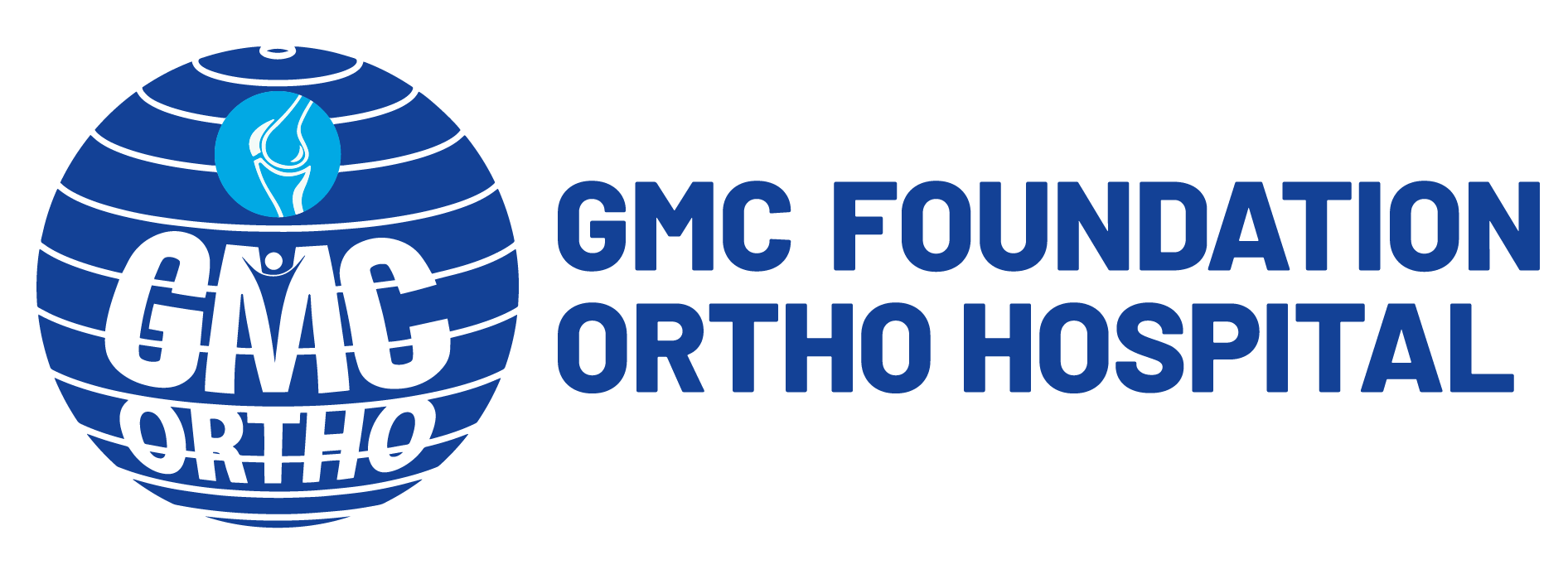Book an Appointment
Note: This is an appointment request only Depending on the availability of the consultant, appointment will be confirmed to you through mail/call The appointment requests can be made minimum 48 hrs in advance

General Orthopedics Calicut, Kerala | Care for Bones, Joints, and Muscles
September 11, 2025Orthopedics is a branch of medicine that focuses on the musculoskeletal system — the bones, joints, muscles, ligaments, tendons, and nerves that allow us to move and function every day. From childhood fractures to age-related arthritis, orthopedics plays a vital role in maintaining mobility and quality of life.
In this blog, we’ll explore what general orthopedics covers, common conditions treated, available treatments, and the importance of timely care.
What Is General Orthopedics?
General orthopedics deals with the diagnosis, treatment, and prevention of a wide range of musculoskeletal issues. Unlike subspecialties such as spine surgery or sports medicine, general orthopedics provides comprehensive care for common bone and joint problems in patients of all ages.
An orthopedic doctor (orthopedist) is trained to handle:
-
Fractures and dislocations
-
Joint pain and arthritis
-
Muscle and ligament injuries
-
Bone infections
-
Growth-related bone issues in children
-
Age-related wear and tear in elderly patients
Common Orthopedic Conditions
-
Fractures & Trauma
Falls, road accidents, and sports injuries can cause bone fractures. Orthopedists assess the injury, set the bone, and ensure proper healing through casts, splints, or surgery if required. -
Arthritis
Arthritis is the inflammation of joints, commonly affecting knees, hips, and hands. Osteoarthritis (wear-and-tear arthritis) is common in older adults, while rheumatoid arthritis can affect younger patients too. -
Back & Neck Pain
General orthopedics often addresses spine-related problems such as disc issues, poor posture, and age-related spinal degeneration. -
Shoulder, Elbow, and Wrist Problems
Rotator cuff injuries, tennis elbow, carpal tunnel syndrome, and joint stiffness are common upper limb conditions. -
Knee & Hip Pain
Joint pain due to injury, arthritis, or age-related changes often requires orthopedic intervention. -
Pediatric Orthopedic Issues
Children may face conditions such as congenital deformities, flat feet, or growth plate fractures, which need timely treatment. -
Sports Injuries
Sprains, ligament tears, and overuse injuries are frequently managed under general orthopedics.
Treatment Options in General Orthopedics
Orthopedic treatment ranges from simple first aid to advanced surgical interventions. The choice depends on the severity and cause of the problem.
1. Non-Surgical Treatments
-
Medications: Pain relievers and anti-inflammatory drugs.
-
Physiotherapy: Exercises to restore strength and flexibility.
-
Splints & Braces: For stabilizing joints and preventing further injury.
-
Lifestyle Modifications: Weight control, posture correction, and ergonomic support.
2. Minimally Invasive Procedures
-
Arthroscopy: A keyhole surgery used for knee or shoulder problems.
-
Injections: Corticosteroid or PRP (platelet-rich plasma) injections for pain relief.
3. Surgical Options
-
Fracture Fixation: Using plates, screws, or rods to align broken bones.
-
Joint Replacement: Replacing damaged joints (knee, hip, shoulder) with artificial implants.
-
Spine Surgery: For slipped discs, deformities, or nerve compression.
Role of Physiotherapy & Rehabilitation
Recovery from orthopedic problems often doesn’t end with medication or surgery. Physiotherapy and rehabilitation are crucial to restore mobility, reduce stiffness, and prevent future injuries. Strength training, stretching, hydrotherapy, and postural training are commonly recommended.
Preventing Orthopedic Problems
While some conditions are unavoidable, many bone and joint problems can be prevented with healthy lifestyle choices:
-
Maintain a balanced diet rich in calcium and vitamin D.
-
Stay active with regular exercise like walking, yoga, or swimming.
-
Use ergonomic chairs and supportive mattresses.
-
Avoid lifting heavy loads incorrectly.
-
Maintain healthy body weight to reduce pressure on joints.
-
Get regular check-ups, especially for children and older adults.
When Should You See an Orthopedic Doctor?
You should consult an orthopedic specialist if you experience:
-
Persistent joint or back pain
-
Difficulty in walking, standing, or climbing stairs
-
Swelling or stiffness in joints
-
Recurrent injuries or fractures
-
Numbness, tingling, or weakness in limbs
Early diagnosis and treatment help prevent complications and ensure faster recovery.
Why General Orthopedics Matters
General orthopedics provides holistic care for everyday bone and joint issues. Instead of focusing only on surgeries or advanced treatments, general orthopedists address a wide range of problems through prevention, conservative treatments, and when necessary, surgical interventions.
For families, this means one reliable point of care for children, adults, and seniors alike. From a child’s first fracture to a senior’s knee arthritis, general orthopedics ensures continuity of care across generations.
